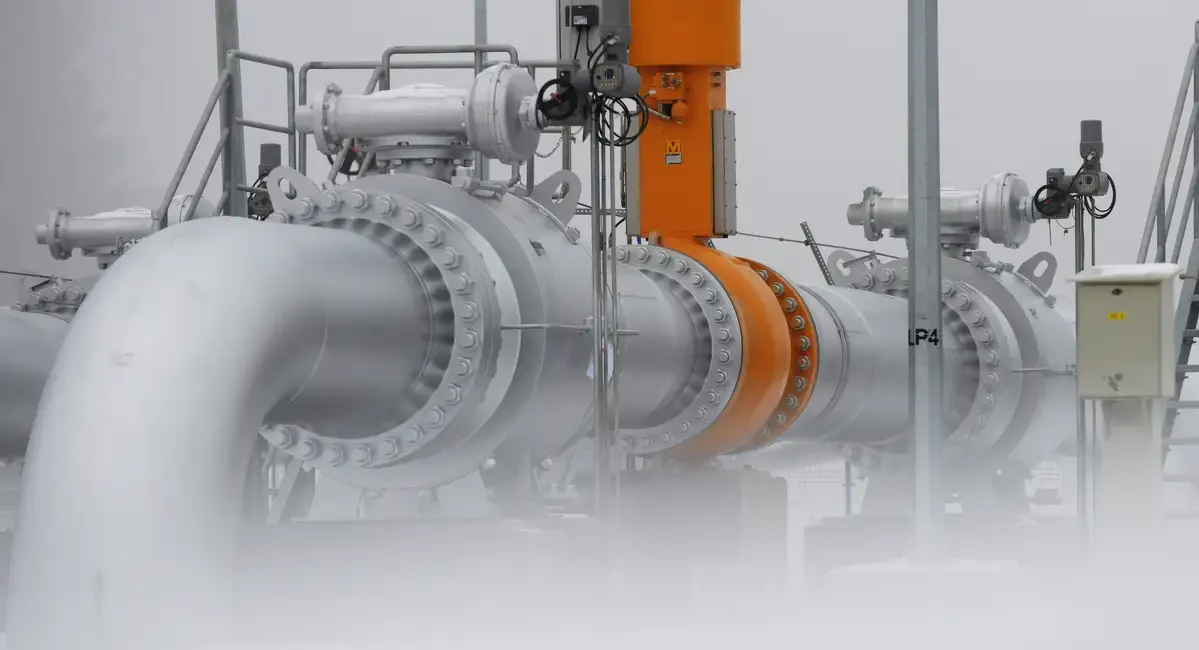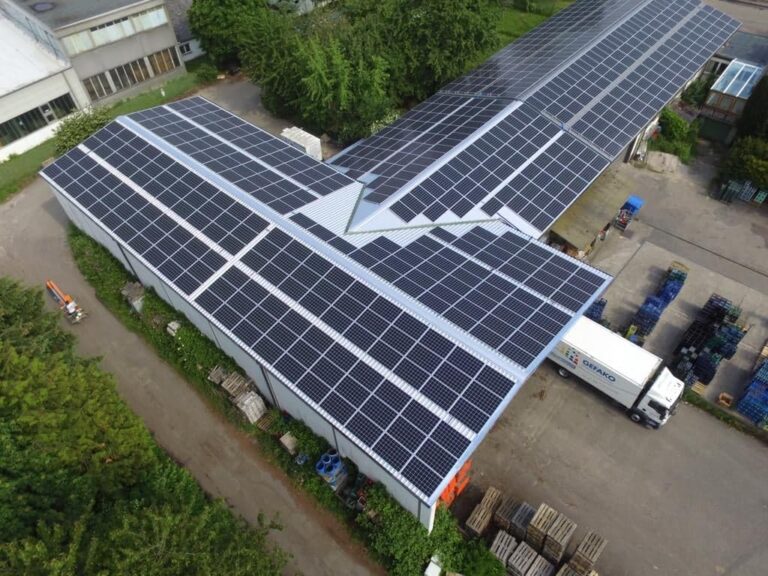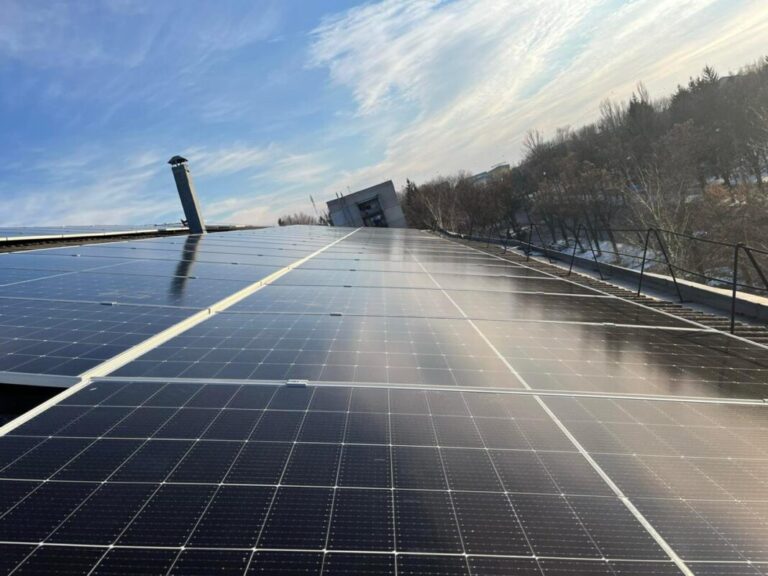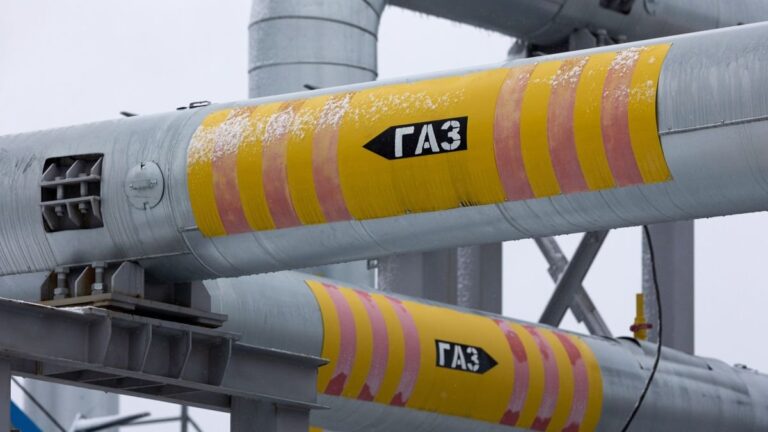
How the War Changed the EU Gas Market: The End of Oil Indexation and Gazprom’s Strategic Failure
Russia’s full-scale invasion of Ukraine in 2022 not only destroyed dozens of cities but also radically changed the rules of the game in Europe’s energy market. The Kremlin’s strategy of domination through gas proved vulnerable under the pressure of war, sanctions, market reforms, and explosions on the Nord Stream pipelines, the Kremlin is losing its levers of influence. At the center of the transformation is the abandonment of oil indexation in gas pricing and the rise of market mechanisms.
For years, Russia used gas supplies to Europe as a political weapon. The key tools were the Nord Stream and Nord Stream 2 pipelines, which allowed gas to bypass Ukraine. The second pillar was the signing of long-term contracts indexed to oil prices a model that provided Gazprom with high margins and suppressed competition.
But the full-scale war launched by Russia destroyed these plans. The breakdown in relations with the West, physical damage to pipelines, and sanctions halted its expansion.
“This happened because North America and Russia maintained relatively low prices, which limited the rise in European buyers’ costs for GOG-priced gas imports,” – states the report by the International Gas Union.
Pricing evolution: GOG model changes the rules
According to a global survey by the International Gas Union (IGU), the share of Gas-on-Gas (GOG) pricing where prices are determined by the market, not oil-indexed contracts rose from 31.5% in the 2000s to 49.1% in 2024. Meanwhile, the Oil Price Escalation (OPE) model dropped from 24% to 18.5%.
GOG pricing especially expanded in the liquefied natural gas (LNG) trade. This was driven by the spread of U.S. LNG contracts, which are tied to Henry Hub the benchmark gas hub in Louisiana.
Europe turns away from oil indexation
In Northwestern and Central Europe, oil-linked pricing has nearly disappeared. Instead, GOG has become the basis for contracts covering 82% of European gas consumption, including 80% of pipeline imports and 78% of LNG purchases. For the first time since IGU’s first pricing survey in 2005, most EU countries except Turkey, parts of Southeast Europe, Spain, and Portugal have moved away from oil-indexed deals with Gazprom.
Over the past decade, the gas market has become much more global and integrated, especially due to LNG growth. However, this didn’t protect the market from shocks. COVID-19, the war, and the 2021-2022 energy crisis triggered a sharp rise in volatility. The Coefficient of Variation, which measures price instability, hit nearly 100% in 2022. That means prices diverged significantly between regions. In 2024, it dropped to 60%, but instability remains, especially for importers like the EU and Ukraine.
Ukraine: a semi-liberalized market
Ukraine has a dual system. For industry and businesses, gas prices are set by the market. Meanwhile, households, municipal services, and public institutions fall under the Public Service Obligation (PSO) segment, where prices are set by the state.
Because of delays in compensation to suppliers, the market remains tense and vulnerable. Full liberalization is only possible if there are real market-based compensation mechanisms and consumer protection.
A high price for Europe
In 2024, the average global wholesale gas price was $172 per 1,000 cubic meters. In the EU, it reached $355-420, and in Poland as high as $530. The reason: abandoning Russian pipeline gas and switching to more expensive LNG. The OPE model yielded prices of $318 per 1,000 m³, while GOG offered $169. In poorer countries (Turkmenistan, Algeria, Venezuela), prices remain state-subsidized under $35.
The European gas market has undergone a fundamental transformation. Russia’s attempt to use gas as a tool of influence resulted in the collapse of the old contract system, a decline in oil indexation, and the rise of market mechanisms. In 2024-2025, levels of integration, globalization, and volatility will continue to grow. In this context, Ukraine must decide: strengthen its market or remain in a semi-manual regime. The choice is clear and it requires decisions now.














